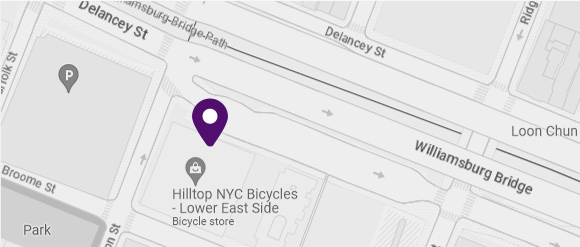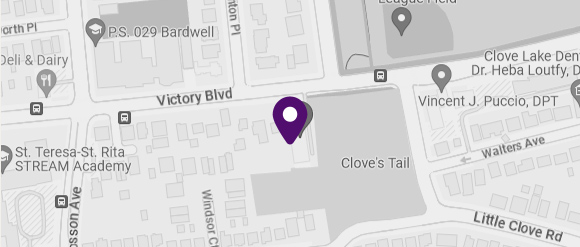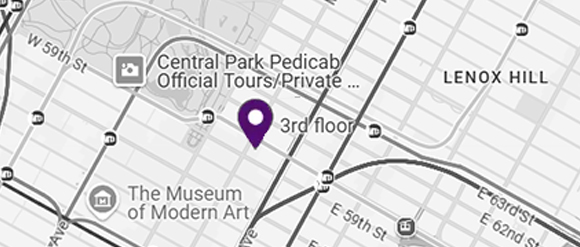What is Hallux Rigiditis?
Hallux Rigiditis is a form of degenerative arthritis at the metatarsophalangeal or MTP joint where the base of your big toe attaches to the foot. Arthritis is the inflammation of joints as a result of degeneration of the smooth cartilage that lines the ends of bones in a joint. This degeneration of the cartilages leads to painful rubbing of the bones, swelling, and stiffness in the joints, resulting in restricted movements. Hallux Rigiditis is also called stiff big toe.

Symptoms
Hallux Rigiditis or stiff big toe causes pain and stiffness of your toe that may gradually become swollen and inflamed. You may experience difficulty wearing shoes or high heels. An overgrowth or bone spur may develop on the top of the bone.
Causes
Hallux Rigiditis can be caused due to:
- Aging
- Autoimmunity
- Congenital defects
- Injuries
- Overuse
- Being female
- Certain medical conditions such as rheumatoid arthritis or gout
Untreated Hallux Rigiditis
If left untreated, the pain gradually worsens and may cause restricted movement. Your foot becomes stiff and causes limping. You may have difficulty finding comfortable shoes that fit well.
Diagnosis
Your doctor will assess your symptoms and take a medical history. Your foot will be examined for evidence of bone spurs. Diagnostic tests such as X-rays, MRI or CT-scan will be ordered.
Treatment
Your doctor initially suggests non-surgical treatment options including:
- Medications: A combination of non-steroidal anti-inflammatory drugs (NSAIDs) and opioids may be used to manage pain.
- Ice packs: Use of ice packs may be suggested to reduce inflammation.
- Shoe modifications: Your doctor may suggest modified shoes with stiff soles or with a rocker bottom.
- Orthotic devices: These include a footpad, brace, splint or cast used to stabilize your foot.
- Injection therapy: It involves administering steroids through a needle into your MTP joint to relieve pain and inflammation.
- Physical therapy: Physical therapy exercises will be taught to enhance your flexibility, range of motion and strength.
Your doctor may recommend surgery if you do not respond to non-surgical treatment options. Depending on the severity, any one of the following surgeries may be performed:
- Cheilectomy: This procedure involves surgically shaving the bone spur to make extra space for proper bending of your toe.
- Osteotomy: This involves cutting or removing the damaged bone of your big toe and realigning it.
- Arthrodesis: Fusion of the joint is considered in aged individuals to control pain and improve the function of your foot.
- Interpositional Arthroplasty: The damaged cartilage and bone are removed and a spacer of donor tissue is placed between the ends of the joints to relieve pain.











